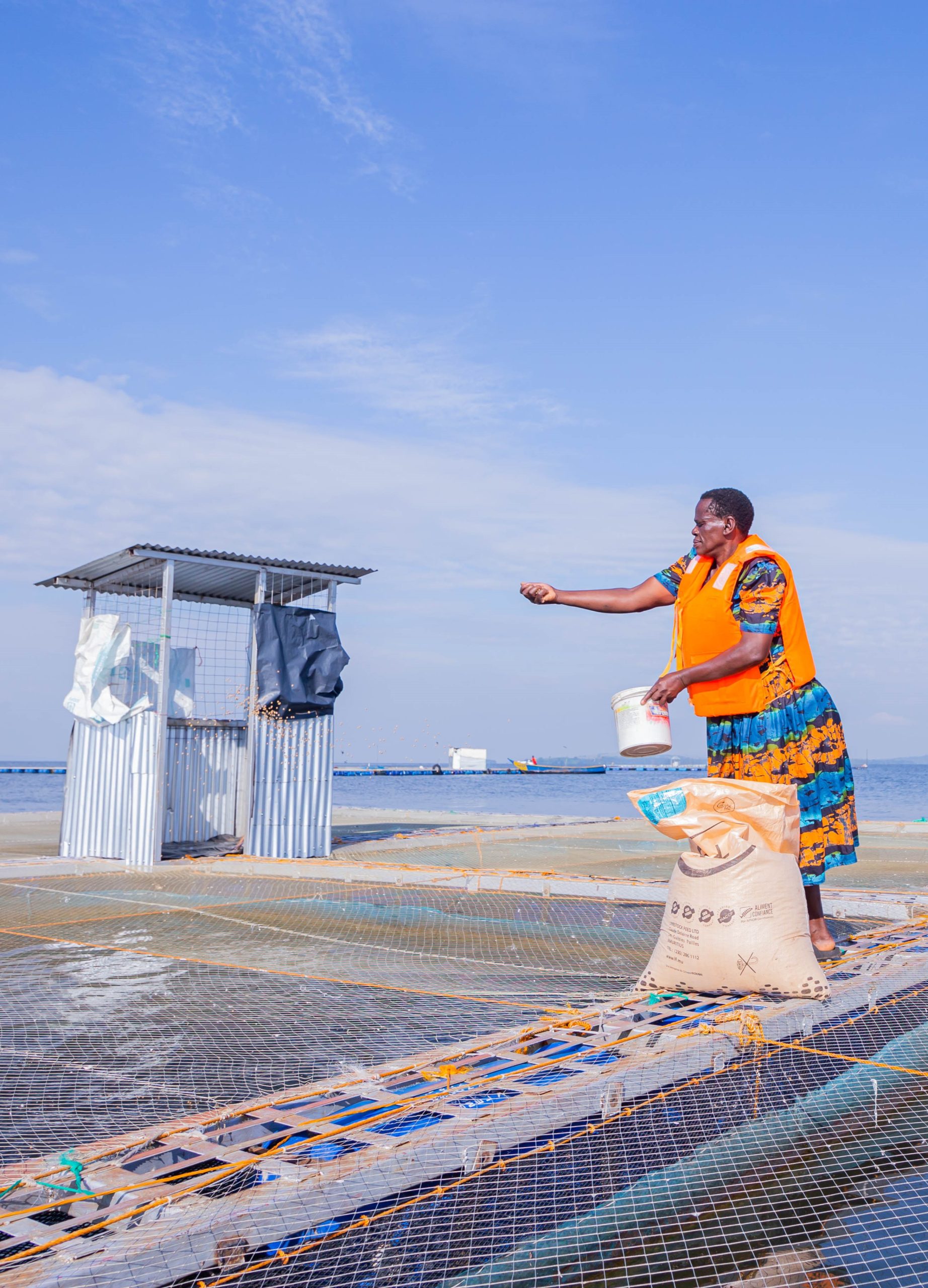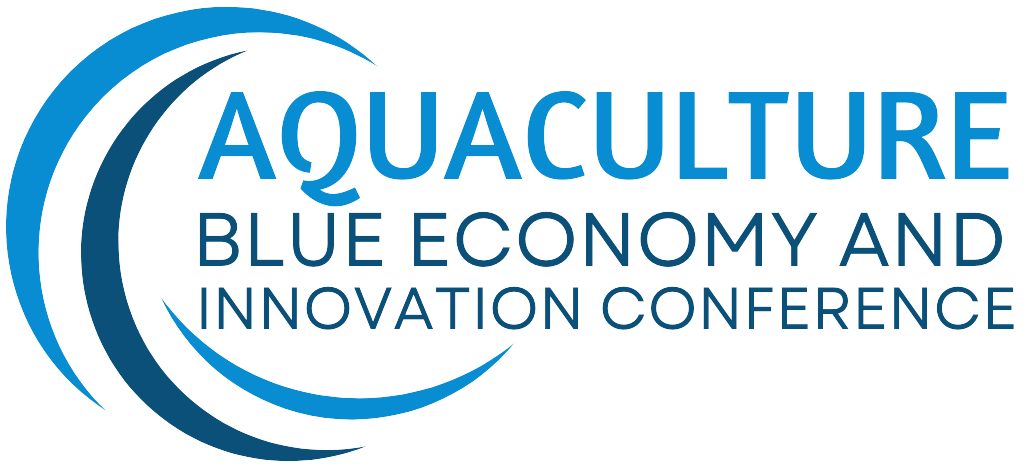Employing Aquaculture Innovations to Catalyze Growth in Blue Economy
- Home
- About
Aquaculture has been the fastest growing value chain in Africa.
- lack of farmer centered interventions, targeting small and medium scale fish farmers;
- use of low quality sinking feeds; poor quality fingerlings;
- low quality equipment (Cages);
- lack of technical skills;
- lack of support from financial institutions and
- lack of fish farming regulatory policies.

It is in record that prior to the emergence of life-threatening depletion of fish population in freshwater bodies such as Lake Victoria, there was hope for better future, due to the abundance and plenty of wild caught fish, which later unfortunately turned into a curse for the exponentially increasing human population. In the intervening period, Kenya Government instituted mitigation measures to forestall the anticipated ticking time bomb from occurring.
Mitigation measures included enactment of fishing rules and regulations enforced by fisheries department through Beach Management Unit (BMU) institutions, spread all over Kenyan side of Lake Victoria. Despite these mitigation measures the depletion of fish population has persisted. The Government at some point went further to catalyze fish production through initiation and implementation of economic stimulus program (ESP) that availed funds aimed at stimulating fish production in the country.
The program which targeted small and medium scale fish farmers with a view to enhancing fish production, did not result in the desired outcome. As a result, fish farming appeared less attractive to investors especially because enablers such as financial institutions saw it as an opportunity which was too risky to contemplate investing in. It was not until the Government allowed cage fish farming in the lake that a glimpse of an investment opportunity at the end of the tunnel was detected.
Fish production and marketing problems on the Kenyan side of Lake Victoria were also compounded by Jaboya (a term in local language meaning male sex predator) factor, which made it difficult for women and youth fish traders to access fish business opportunities. As late as a less than a decade ago, in 2016 Blue economy was established in Kenya and globally as one of the pillars of economic growth. The development worldwide, raised hopes for small and medium scale fish farmers in Kenya.
Blue economy refers to an economic system or sector that seeks to conserve marine and freshwater environments while using them in a sustainable way to develop economic growth and produce resources such as energy and food.
For a long time, Agriculture has been the mainstay of Kenya’s economy. With the emergence of blue economy as an alternative economic pillar spurred by political good will, there is likelihood of achieving double digits in Kenya’s economic growth going forward. This expectation can only be kept alive by the involvement of all stakeholders in the fish value chain.
Taking the initiative, Lake Basin Development Authority (LBDA) and Aquarech Limited have entered a Public Private Partnership (PPP) working arrangement to revolutionize fish farming through development and dissemination of appropriate technologies and innovations to enhance productivity and organized marketing structures. In view of the foregoing LBDA and Aquarech partnership has organized Aquaculture blue economy innovation conference, for all stakeholders to share their experiences, information and knowledge on challenges affecting sustainable fish farming in oceans, freshwater bodies and ponds.

